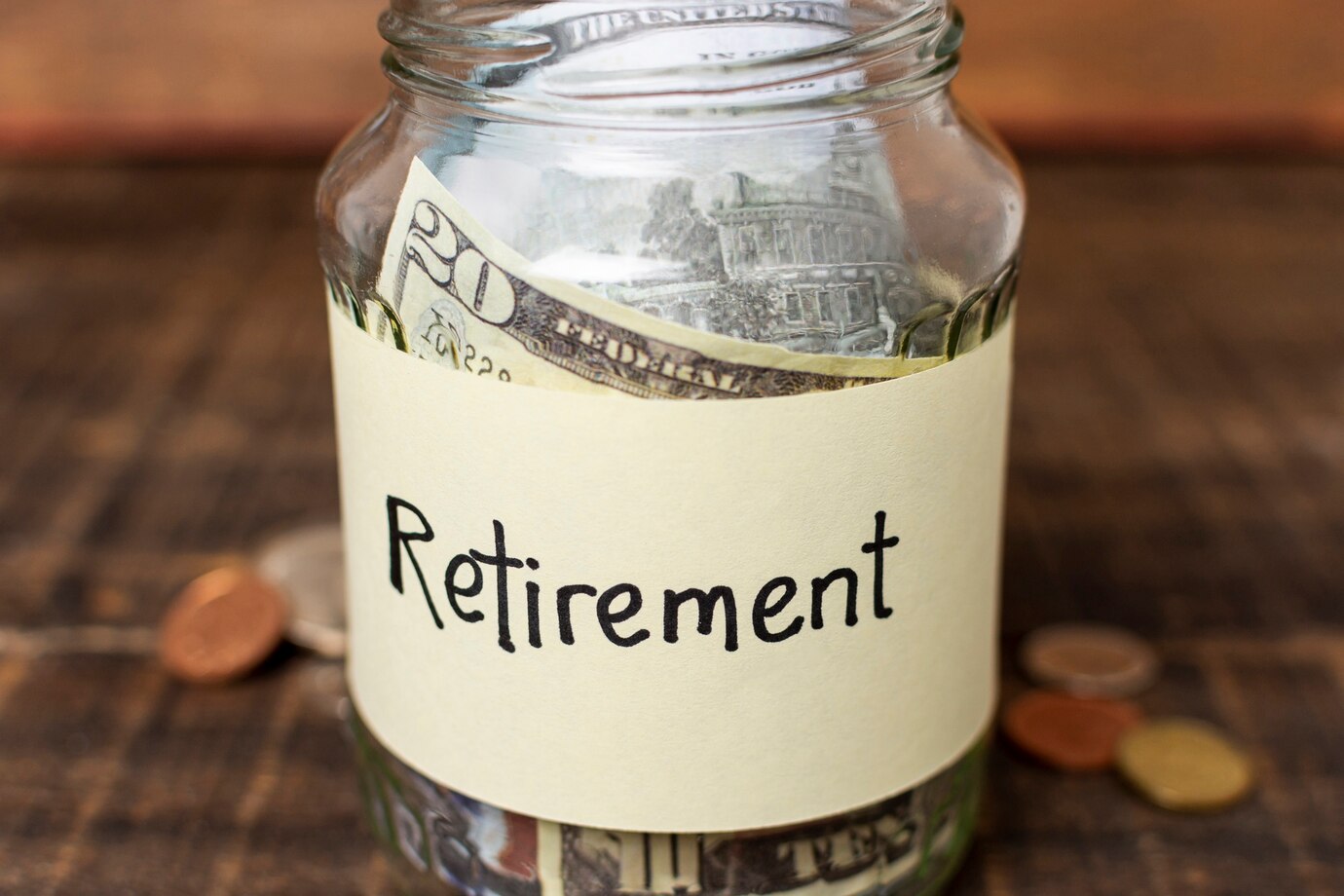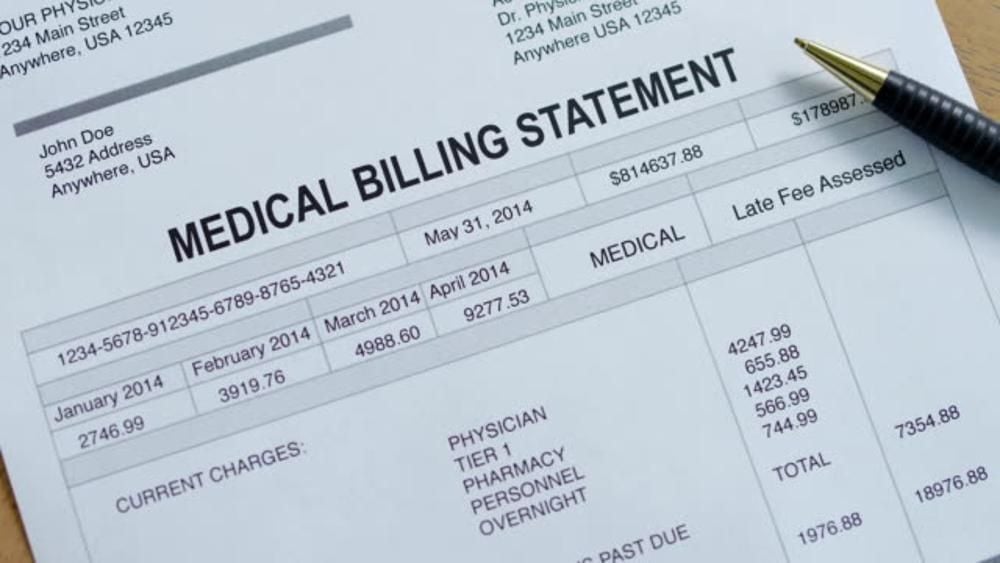In America, the traditional retirement narrative goes something like this: You put in years of hard work, enjoy some well-earned leisure, and by the age of 65, you begin collecting Social Security and draw from the savings you’ve accumulated throughout your career.
Freed from the constraints of a 9-to-5 job, you can finally indulge in your dreams: spending time with grandchildren, traveling in an RV, or embarking on a cruise. However, for many, this vision increasingly seems like an unattainable fairy tale.
Rising Retirement Anxiety

Retirement has become a source of anxiety for many, not just because of the inevitable end-of-life concerns. A significant number of Americans fear they won’t be able to retire as planned and worry about running out of money once they stop working.
According to a Gallup poll from last year, 43% of non-retirees felt they would have sufficient funds to live comfortably in retirement, while 71% expressed at least moderate concern about covering their retirement expenses.
Retirees’ Relative Security vs. Widespread Savings Shortfalls

In contrast, current retirees, particularly baby boomers, report feeling more secure. A recent CNBC survey revealed that more than half of US respondents believe they are behind in saving and planning for retirement.
This pessimism is understandable. Many people estimate needing around $1.5 million to retire comfortably, but only a small percentage of savers actually have that amount saved up.
Validating Retirement Anxiety

Teresa Ghilarducci, a labor economist at The New School and author of “Work, Retire, Repeat: The Uncertainty of Retirement in the New Economy,” explained that such anxiety is justified.
“There’s nothing irrational about being nervous that you won’t have enough money to live on to last your whole life, because most people do not have enough money to last their whole life and maintain their standard of living in retirement,” she said.
The Evolution of Retirement Planning

The shift in retirement planning is relatively recent. Prior to the 1980s, American workers typically benefited from defined-benefit plans, such as pensions, where employers provided a set amount based on years of service and earnings.
Over the past four decades, there has been a move towards defined-contribution plans, like 401(k)s and IRAs, where employees (and sometimes their employers) contribute to a fund that is usually invested for retirement savings.
The New Challenge

This transition has placed the responsibility on individuals to determine how much to save and how to invest it. Larry Fink, CEO of BlackRock, highlighted this challenge in his 2024 letter to investors. He noted that while society is focused on extending life expectancy, there’s insufficient attention on ensuring people can afford those longer lives.
The shift from pensions to 401(k)s has created an “impossible math problem,” he said, due to the difficulty in predicting how much money will be needed and how quickly it will be spent.
From Certainty to Uncertainty

“Put simply,” Fink wrote, “the shift from defined benefit to defined contribution has been, for most people, a shift from financial certainty to financial uncertainty.”
The new system also allows for early withdrawals from retirement funds, which can be both beneficial and problematic. While it can help in emergencies before retirement, it also risks depleting savings prematurely.
Balancing Act

Norman Stein, a professor emeritus of law at Drexel University’s Thomas R. Kline School of Law, remarked, “It’s probably not a great idea to let people draw on their retirement assets before they reach retirement age, but if you don’t let people do that, they’re not as likely to contribute to a 401(k) plan in the first place.”
“We have basically a savings system with a reasonably strong orientation toward retirement.”
Financial Challenges Beyond Savings

Chris Woods, a financial advisor and founder of Silvis Financial in Charlotte, North Carolina, noted that the uncertainty often brings clients to his office. They are not only concerned about having sufficient funds for retirement but also about managing potential financial challenges, such as medical expenses, supporting family members, or dealing with divorce.
“The overarching theme is having enough money to retire,” he said, “and then subsets of that are unique to families based on health, family, even location and things like that.”
Future of Federal Support

There is also growing concern about future federal support for retirees. With the Social Security trust fund projected to be depleted in about a decade and ongoing debates about potential cuts to Social Security and Medicare, there’s uncertainty about the future of these programs.
While Social Security is unlikely to disappear entirely, potential changes such as raising the retirement age or increasing funding could impact its stability.
The Debate on Retirement Benefits

“The big debate shouldn’t be on cutting benefits,” Stein said. “It should be on how we preserve and improve the current system.” Retirement brings not only financial challenges but emotional ones as well. Riley Moynes, a retired educator and author of “The Four Phases of Retirement: What to Expect When You’re Retiring,” observed that the initial excitement of retirement often gives way to feelings of aimlessness.
“Most of retirement planning has been focused on investments. It’s been focused on wills, powers of attorney, and all of that kind of stuff — critically important,” he said. “But for the most part, the psychological changes and challenges that people are going to experience, absolutely, are virtually overlooked.” Retirement is fraught with uncertainties, from emotional adjustments to financial planning.
Timely Saving in Retirement Planning

While money is a significant aspect, it’s not the only factor. “You’re a voter, and the most important thing you need to know is Social Security and Medicare are the most important sources of income and wealth in retirement,” Ghilarducci emphasized.
“That means the federal government is the most important financial partner you have.” “It’s never too late,” Woods advised. “The best time to start saving, for many people, was when they were in their teens. The second-best time is now.”








































